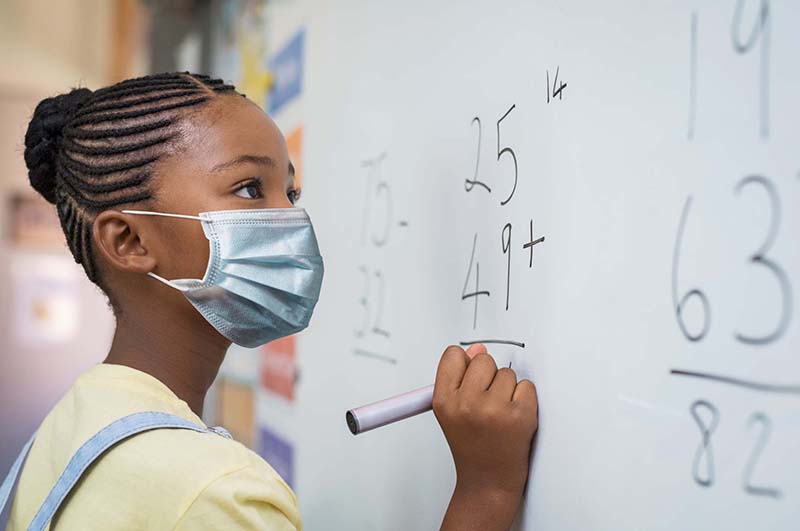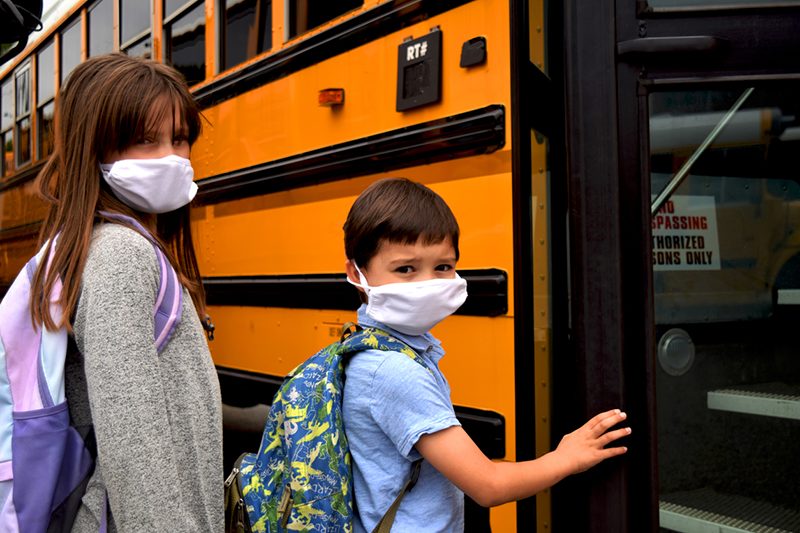
Heading Back to School
It’s not just new clothes and school supplies
Whether your kids have enjoyed a quiet summer sleeping in and whiling away the days, or they’ve had a busy time with activities, travel, work, or other pursuits, it’s all about to end. School is starting, or has already started in some districts, and those lazy days of summer are over.
There’s a lot of activity around the start of a new school year, and kids of all ages are concerned about having the right supplies, maybe getting some new clothes and shoes, maybe they’re starting in a new school. Are they going to be in classes with their friends? What will their new teacher(s) be like?
What’s clear is that they have a lot on their minds. There’s excitement and also anxiety, and what they’re least likely to be focusing on is academics. Not surprising.
Getting focused
The sooner you can get past the back-to-school rush of activity and get into a new routine, the better. Summer learning loss is a reality, and teachers know they will be spending a good amount of time just getting everyone back to where they were at the end of the previous school year. Helping your child get focused will make the transition time shorter.
Address anxieties
You know how difficult it is to focus when you’re anxious or nervous, and the same is true for kids. It’s not realistic to expect that they will just effortlessly ease into the new semester and be able to focus on academics. Finding out what their worries are and helping them address those is the most helpful way to clear their minds. Even things that seem like small problems, like where the new bus stop is or what time do they have lunch, can cause stomach-churning anxiety.
Remove obstacles
If you’re a list-maker, this is a skill you can teach a child of any age. Sit down with your child and make two lists. One is for every tangible thing they feel they need or want in order to be comfortable starting school. This could be clothes, specific school supplies, a new haircut, a drive schedule for drop off and pickup, after school accommodations, lunch money, etc. Once you’re sure each item is addressed, you can check it off the list and your child can stop worrying about it.
The second list is for intangibles. What is your child concerned about? What’s happening among their peers? Sometimes just being able to verbalize what is making them anxious, sharing it with you and writing it down, helps minimize it. Reducing the number of unknowns helps reduce the worry.
Provide support
Structure and routine are proven to be calming, and help create an atmosphere where learning can take place. The sooner you can establish the new school year daily schedule, the better. Some children do better with homework right after school and others do better after dinner. Knowing your own child’s capabilities is important. Scheduling in some free time is just as important as setting aside time for homework.
As a family, you may have many different after school activities like sports, church, errands, etc. and it is challenging to get all this done, get everyone fed, and get homework done by bedtime. As much as possible, make sure your child’s to-do list for each day is cleared off by bedtime, so they can get a good night’s rest and start the next day ready to go.
Whatever your after-school childcare looks like, make sure that any care providers clearly communicate with you and with your child, and that your preferences for your child’s activities are known.
Back to learning
The goal of all this preparation is to help your child succeed in school and that means academic success too. Staying informed about what your child is studying and how they are progressing is essential. Many schools provide a mid-term report on your child’s progress and this may be your first opportunity to discover if your child is doing well academically and socially, just keeping up, or has fallen behind. Parent/teacher conferences are helpful, but many teachers are open to email or chat conversations with parents as well. Take advantage of these opportunities to track your child’s progress.
Helping your child with homework, and making sure that you (and they) know what all their assignments are, what the due dates are, how work is to be turned in, and what the teacher’s expectations are is a great way for you to stay aware of how they are doing.
When your child needs some extra support
If you find that your child is struggling with a certain subject or a project, one option for helping them is to provide tutoring support. There are learning centers that provide tutoring, group learning, or private in-person tutoring, or any number of individuals, college students, or other resources that can provide some form of tutoring support.
TutorUp provides online one-on-one personalized tutoring for students K-12 in all academic subjects. All of our tutors are certified teachers with classroom teaching experience who have been background-checked and passed our onboarding process. We are partnered with ZOOM to provide live, face-to-face tutoring sessions. To browse our tutors, or for more information, click here. And good luck with the new school year!








